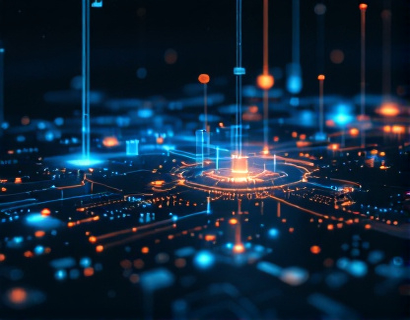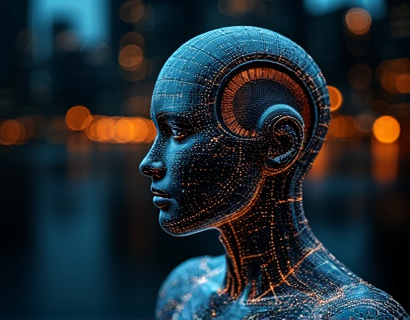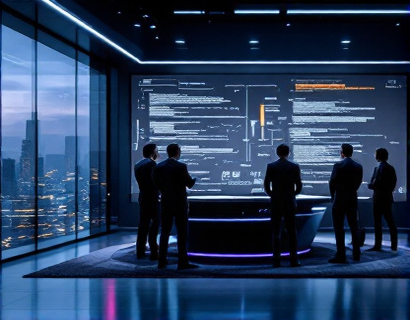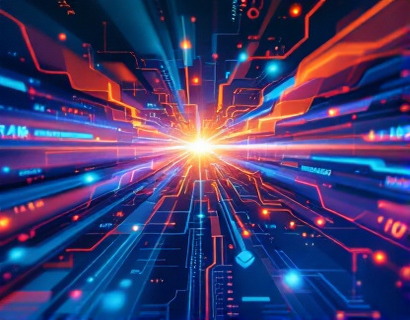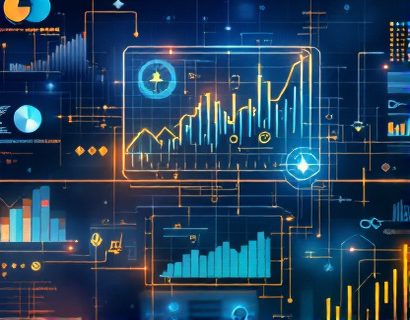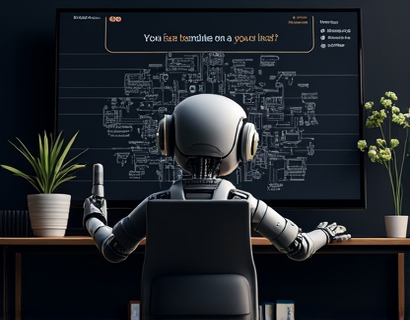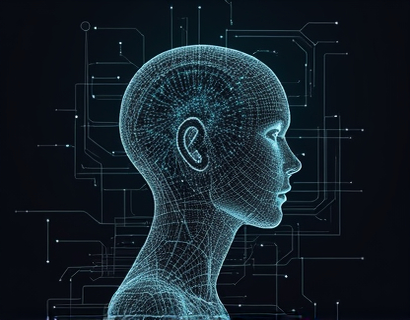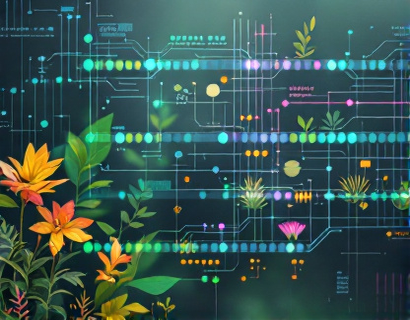Unlocking Global Communication with Advanced AI-Powered Translation Technology
In an increasingly interconnected world, the ability to communicate across language barriers is more crucial than ever. Advanced AI-powered translation technology has emerged as a transformative tool, breaking down linguistic obstacles and enhancing business interactions on a global scale. This article delves into the capabilities and benefits of these cutting-edge translation solutions, highlighting how they can revolutionize the way we connect and collaborate across diverse languages and cultures.
The Need for Advanced Translation Solutions
The global economy is characterized by cross-border trade, international collaborations, and multicultural teams. However, language differences often pose significant challenges in these interactions. Miscommunications can lead to misunderstandings, lost opportunities, and even conflicts. The demand for efficient and accurate translation services has thus become a critical need for businesses and individuals alike. Traditional human translation methods, while reliable, are often time-consuming and costly, limiting their practicality for real-time communication.
How AI-Powered Translation Technology Works
AI-powered translation technology leverages the power of machine learning and natural language processing to provide precise and rapid translations. These systems are trained on vast datasets of multilingual text, enabling them to understand context, nuances, and idiomatic expressions. The technology continuously learns and improves, adapting to new language patterns and industry-specific terminology. This ensures that translations remain accurate and relevant, even in complex and specialized fields.
Precision and Speed in Translations
One of the most significant advantages of AI-powered translation tools is their ability to deliver high-quality translations at unprecedented speeds. Traditional methods may take hours or even days to complete a translation, whereas AI can process and translate large volumes of text in real-time. This speed is particularly beneficial in dynamic environments such as international conferences, live customer support, and instant messaging, where timely communication is essential.
Precision is another cornerstone of AI translation technology. Advanced algorithms and deep learning models enable these tools to capture the subtleties of language, including tone, sentiment, and cultural context. This level of accuracy helps prevent misinterpretations and ensures that the intended message is conveyed correctly, fostering better understanding and more effective communication.
Enhancing Business Interactions
For businesses operating globally, the ability to communicate seamlessly across languages can be a decisive factor in success. AI-powered translation tools facilitate smoother interactions with international partners, clients, and employees. They enable companies to expand their market reach without the barriers imposed by language differences. This, in turn, opens up new opportunities for growth and innovation.
In the realm of customer service, AI translation tools can provide multilingual support, ensuring that customers from different linguistic backgrounds receive the assistance they need promptly. This not only enhances customer satisfaction but also builds a positive brand reputation. For multinational corporations, these tools can streamline internal communications, making it easier to manage diverse teams and maintain a cohesive company culture.
Breaking Down Language Barriers in Diverse Industries
The applications of AI-powered translation technology extend far beyond business interactions. In healthcare, these tools can assist in translating medical records, patient instructions, and research papers, improving patient care and facilitating global medical collaborations. In education, AI translation can make educational resources accessible to a broader audience, breaking down barriers to learning and promoting global knowledge sharing.
The legal field also benefits significantly from advanced translation solutions. Accurate translations of legal documents are crucial for ensuring compliance and protecting rights across jurisdictions. AI-powered tools can help legal professionals navigate these complexities, providing reliable and timely translations that meet the highest standards of accuracy.
Challenges and Limitations
While AI-powered translation technology has made remarkable strides, it is not without its challenges. One of the primary limitations is the handling of highly specialized or domain-specific language. While general translations have improved significantly, certain fields such as law, medicine, and technology still require a deep understanding of jargon and context. Continuous advancements in AI and collaboration with domain experts are necessary to address these challenges.
Another consideration is the preservation of cultural nuances and idiomatic expressions. While AI can translate words and phrases, capturing the essence and cultural significance of certain expressions remains a complex task. Human oversight and intervention are often required to ensure that translations are not only linguistically accurate but also culturally appropriate.
Future Prospects and Innovations
The future of AI-powered translation technology looks promising, with ongoing research and development aimed at overcoming current limitations. One area of focus is the integration of multimodal translation, which combines text, speech, and visual elements to provide more comprehensive and context-aware translations. This could revolutionize how we communicate in multimedia-rich environments such as videos, presentations, and virtual reality experiences.
Another exciting development is the enhancement of conversational AI, enabling more natural and fluid interactions. Advanced chatbots and virtual assistants powered by AI translation can provide real-time, context-sensitive translations during conversations, making multilingual interactions feel seamless and natural.
Conclusion
AI-powered translation technology represents a significant leap forward in global communication. By breaking down language barriers and enhancing business interactions, these tools are reshaping the way we connect and collaborate across the world. As the technology continues to evolve, it holds the potential to create a more interconnected and understanding global community. Embracing these advancements can help individuals and organizations navigate the complexities of a multilingual world with greater ease and efficiency.



